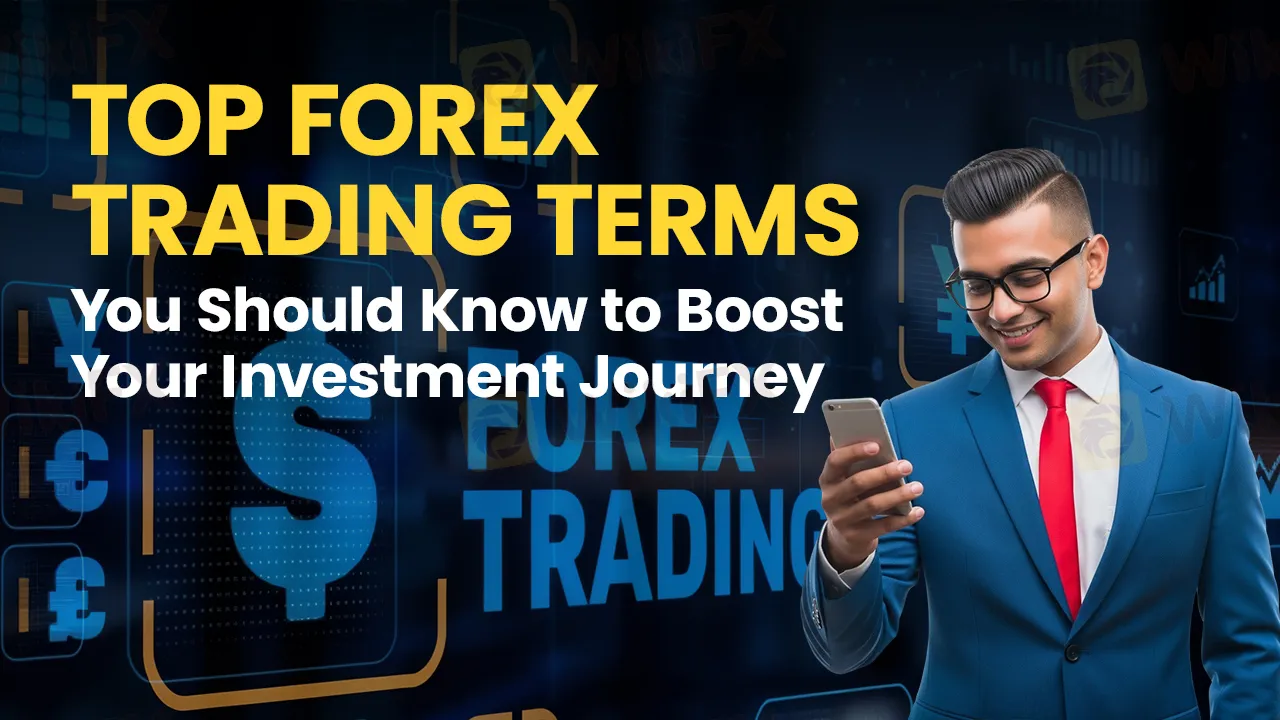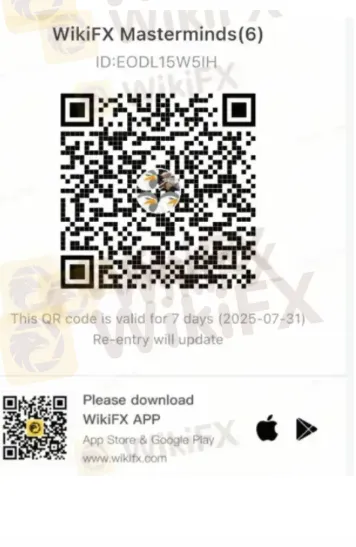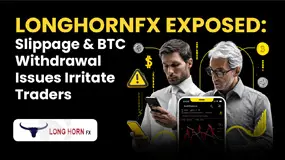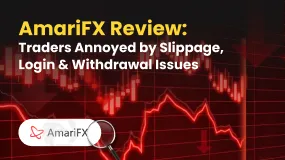Abstract:The foreign exchange market, the world’s largest and most liquid financial market, has numerous trading terms that can confuse new traders. The lack of awareness can either deprive them of gaining or make them vulnerable to market swings. To ensure you stay on top of your forex game, you must understand forex trading terms. In this blog, we have explained different forex terminologies. Let’s read on!

The foreign exchange market, the world‘s largest and most liquid financial market, has numerous trading terms that can confuse new traders. The lack of awareness can either deprive them of gaining or make them vulnerable to market swings. To ensure you stay on top of your forex game, you must understand forex trading terms. In this blog, we have explained different forex terminologies. Let’s read on!
Revealing the Top Forex Trading Terms
Currency Pair
A currency pair is one where one currency is quoted against another. The first currency in the pair is called the base currency, while the second is known as the quote currency. The base currency is measured against the value of the quoted currency. For instance, the EUR/USD value remains 1.20. It means you will need to exchange $1.20 to buy 1 Euro.
Leverage
It is the most important forex trading terminology from the traders perspective. It widens up your profit potential by allowing you to gain a large market position by paying less upfront. However, if you do not use this option wisely, it can raise losses too.
Bid/Ask Price
The bid price is the maximum price a buyer wants to pay for buying a currency pair. Usually, the bid price remains lower than the ask price, which is the lowest price at which a seller can accept the forex deal.
Exchange Rate
It determines the value of one currency when converted into another. The rates keep fluctuating owing to changes in the supply and demand of each currency, influenced by factors such as economic performance and political scenario. As a trader, you get opportunities to buy or sell currencies using the exchange rate.
Margin
It is the amount a trader needs to keep with the broker to open a position in the market. The trader intends to cover the potential losses by making deposits.
Pip
Pip, which stands for point in percentage, is the smallest unit of price movement in a currency pair. It helps ascertain the profit or loss made on a trade. Except for the Japanese yen, all currency pairs will have pip as the fourth decimal place. In Japanese yen, the pip will have only two decimal points.
Lot
A lot represents a standardized measure of the forex amount that you can trade. The lot size is based on the particular market and currency being traded. However, a lot usually represents a specific number of currency units.
Bullish/Bearish
Bullish and bearish are investor sentiments that develop regarding the market and economic trends. The term ‘bullish’ describes a positive investor outlook as the market remains favorable. On the other hand, the term ‘bearish’ signals a negative market sentiment that emerges upon a consistent market decline.
Spread
It shows the difference between the bid and ask prices of a currency pair. As a trader, you need to pay this to the broker. A wide spread will result in higher trading costs, while a tight spread will help minimize your expenses.
Resistance
It represents a significant price level that the currency pair has struggled to breach over the years. It is like a barrier where sellers are most likely inclined toward selling their holdings, causing downward price pressure. Increased selling makes it difficult for the currency pair to maintain upward movement and break through the resistance level.
Position
A position represents the amount of a specific currency a trader holds at the moment. Depicting their market exposure, the position can be either short (sell) or long (buy). The market and risk appetite of traders determine the position size and direction. Within, there are open and closed positions. An open position means the trade is active, whereas a closed position, the trade has been accomplished. The closed position means that the trader has purchased or sold a currency pair and later sold or bought back the same amount of the same currency pair to close the position. It can lead to either a profit or a loss, based on the currency pair price movement while the trade remains open.
Candlestick Chart
It is a visual representation of price fluctuations, depicted through the open, high, low, and close prices of the currency pair within a specified timeframe, which can be a minute, an hour, or a day. Green or white candles represent a higher closing price than the opening price, meaning a rise in the currency value. On the other hand, red or black candles represent a lower closing price than the opening price, indicating the lost value.
Conclusion
Mastering forex trading requires more than just market intuition. It requires a strong grasp of key terms and concepts. By familiarizing yourself with essential forex terminologies such as currency pairs, leverage, pips, spreads, and candlestick charts, you remain empowered to make informed trading decisions.
Want In-Depth Insights on Forex Trading? Join WikiFX Masterminds
Here is how you can join this community
1. Scan the QR code placed right at the bottom.
2. Download the WikiFX Pro app.
3. Afterward, tap the ‘Scan’ icon placed at the top right corner
4. Scan the code again.
5. Congratulations on becoming a community member.










